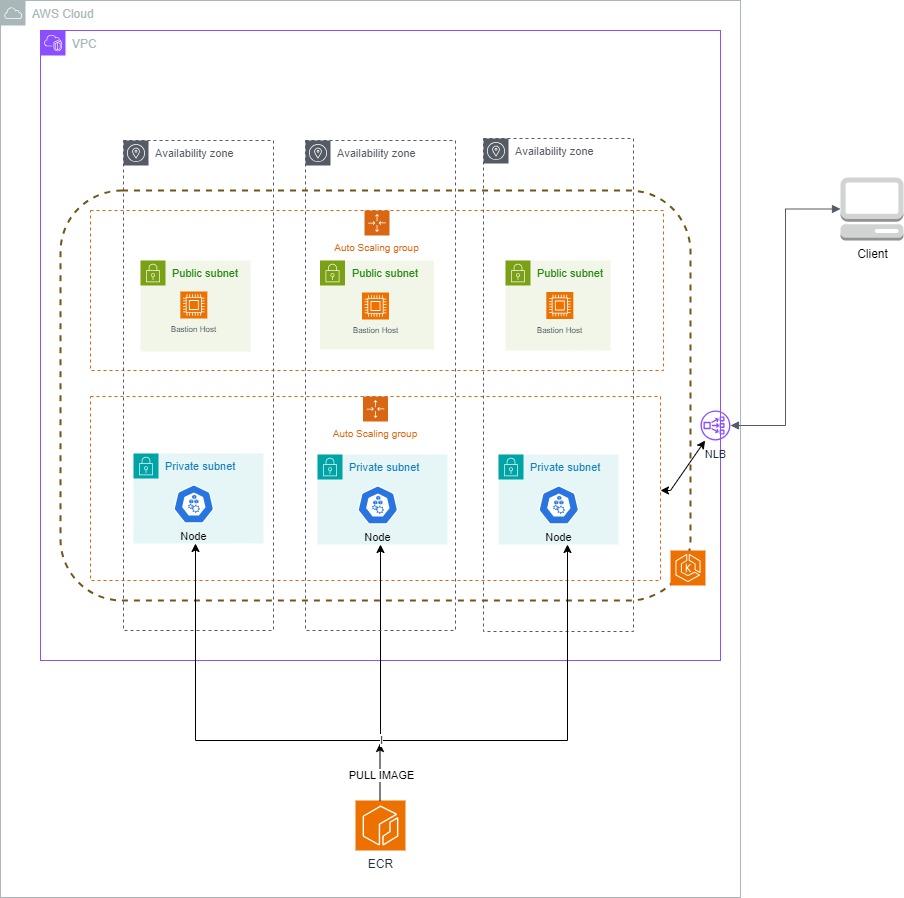Amazon EKS Managed Nodes Architecture
Earlier in our Simple Spring Boot Application deployment Blog we have seen that in EKS Clusters there are two types of nodes that are supported. Fargate Linux and Managed Nodes (You can refer here for same). In this blog we are going to see what's the architecture of EKS Managed Nodes - Linux.
What is EKS Managed Nodes?
An EKS cluster contains one or more EC2 nodes that Pods are scheduled on. EKS nodes run in your AWS account and connect to the control plane of your cluster through the cluster API server endpoint. You deploy one or more nodes into a node group. A node group is one or more EC2 instances that are deployed in an EC2 Auto Scaling group. EKS nodes are standard Amazon EC2 instances. You're billed for them based on EC2 prices.
Following diagram illustrates the architecture of EKS Managed Nodes.
EKS MANAGED NODES ARCHITECTURE
EKS Architecture Explanation
Amazon Elastic Kubernetes Service (Amazon EKS) runs the Kubernetes management infrastructure for you across multiple AWS Availability Zones to eliminate a single point of failure. Amazon EKS is certified Kubernetes-conformant, so you can use existing tooling and plugins from partners and the Kubernetes community. Applications running on any standard Kubernetes environment are fully compatible and can be migrated to Amazon EKS.
- A highly available architecture that spans three Availability Zones.
- A virtual private cloud (VPC) configured with public and private subnets according to AWS best practices, to provide you with your own virtual network on AWS.
- In one public subnet, a Linux bastion host in an Auto Scaling group to allow inbound Secure Shell (SSH) access to Amazon Elastic Compute Cloud (Amazon EC2) instances in private subnets. The bastion host is also configured with the Kubernetes kubectl command line interface for managing the Kubernetes cluster.
- In the private subnets, a group of Kubernetes nodes.
- NLB/ALB is configured to allow outbound internet access for resources in the private subnets.
- An Amazon EKS cluster, which provides the Kubernetes control plane.
- ECR to pull application image from registry and using it for deploying on EC2 Instance.
